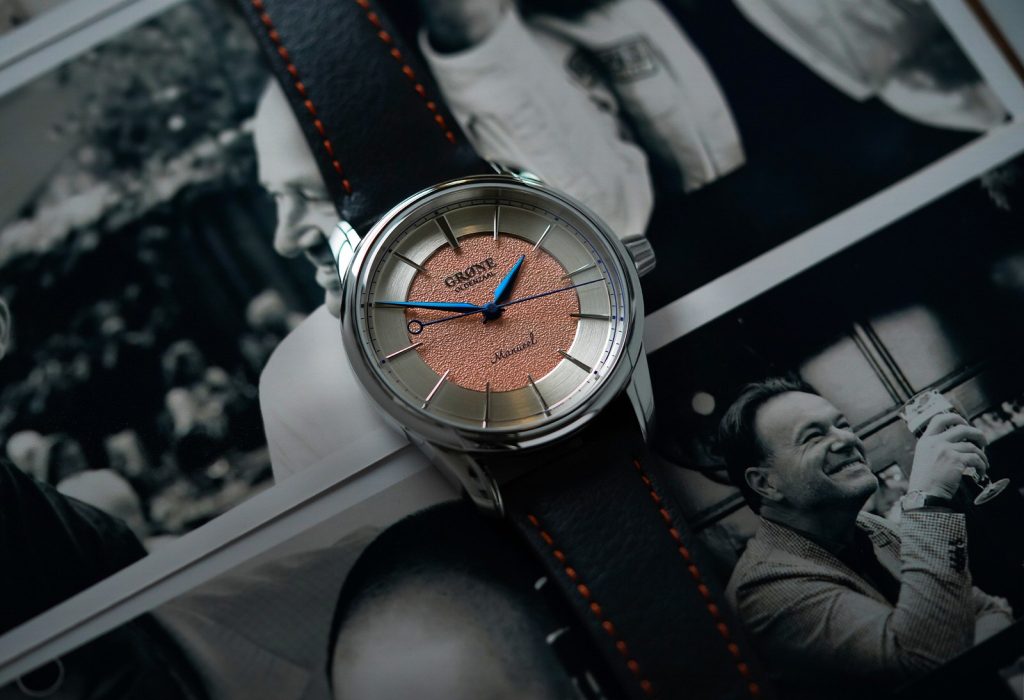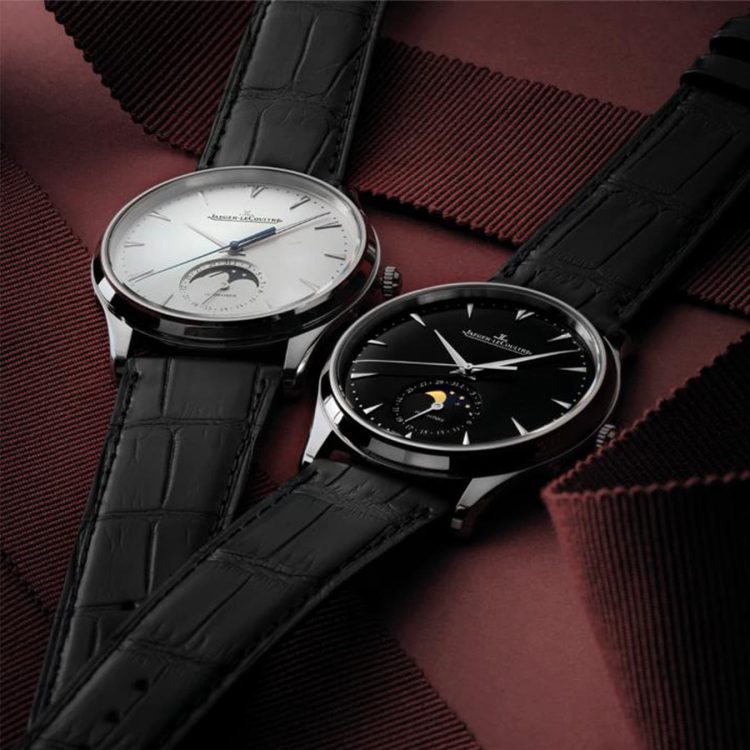Introduction
Jaeger-LeCoultre is synonymous with precision, luxury, and innovation. Known for creating some of the most technically sophisticated and beautifully designed timepieces, Jaeger-LeCoultre watches represent the pinnacle of horological craftsmanship. Whether it’s a classic Reverso, a technical marvel like the Gyrotourbillon, or a minimalist Master Ultra Thin, these watches require dedicated care and maintenance to preserve their exceptional quality.
As with any high-end mechanical watch, proper maintenance is essential to maintain not only the watch’s functional accuracy but also its aesthetic integrity. In this article, we will explore the best practices for maintaining Jaeger-LeCoultre timepieces, from routine care to servicing guidelines, ensuring that these watches continue to perform at their best for decades to come.
Chapter 1: Understanding the Complexity of Jaeger-LeCoultre Watches
1.1 The Craftsmanship Behind Jaeger-LeCoultre Watches
Jaeger-LeCoultre watches are known for their innovative movements, intricate complications, and precise engineering. Each timepiece is a combination of hundreds of individual components, many of which are hand-finished by skilled artisans. The complexity of these movements—whether it’s a perpetual calendar, tourbillon, or minute repeater—requires the owner to be especially careful in its handling.
Components That Require Special Attention
- Movement: Jaeger-LeCoultre’s in-house movements are renowned for their precision. However, even the most expertly engineered movements require regular checks to ensure their accuracy and longevity.
- Case and Glass: The watch case, crafted from materials like stainless steel, rose gold, or platinum, is often combined with sapphire crystal. These components are durable but can suffer from scratches or damage without proper care.
- Dial and Hands: The delicate dial and the intricate hands of Jaeger-LeCoultre watches are works of art, often finished with techniques like guilloché, enamel painting, or sunburst finishes. They require careful handling to avoid scratches, discoloration, or wear.
Understanding the technical complexity and craftsmanship behind Jaeger-LeCoultre watches is the first step in appreciating the importance of their maintenance.
1.2 Common Types of Jaeger-LeCoultre Watches and Their Maintenance Needs
Jaeger-LeCoultre watches span a wide range of styles and functionalities. Some models require specific maintenance protocols based on their complications and designs. Here are a few examples:
- Reverso: Known for its flip-over case, the Reverso has a robust design, but its case and glass require special care to avoid damage to the rotating mechanism.
- Master Ultra Thin: A model known for its slim profile and minimalist design, which demands special care due to the delicate nature of its movement and dial.
- Duomètre: With its Dual-Wing technology, this watch offers dual power reserves for different complications. Proper maintenance of the power reserve system and the movement is crucial.
- Gyrotourbillon: A highly complex watch featuring a multi-axis tourbillon. This timepiece is a technical marvel, and its maintenance requires a high level of expertise due to the complexity of its movement.
Each model comes with specific requirements for care and maintenance, and understanding these requirements is key to preserving the performance and value of the watch.
Chapter 2: Routine Maintenance and Daily Care
2.1 Winding and Time Setting
One of the simplest but most essential parts of daily maintenance is winding and setting the time of your Jaeger-LeCoultre watch. Mechanical watches, especially those with manual winding, rely on regular winding to keep running.
Manual Watches:
- Winding Frequency: Manual watches should be wound every day, preferably at the same time each day, to ensure consistent power reserve and accuracy.
- How to Wind: Gently turn the crown until resistance is felt, indicating that the watch is fully wound. Be cautious not to overwind the crown.
Automatic Watches:
- Automatic watches wind themselves with the movement of the wrist. However, if not worn regularly, an automatic watch can stop. Winding the watch manually once or twice a week will keep it running smoothly.
- If you plan not to wear the watch for a while, consider using a watch winder to maintain the watch’s power reserve.
2.2 Handling the Watch with Care
Proper handling of a Jaeger-LeCoultre watch is vital to maintaining its aesthetic beauty and mechanical integrity.
- Avoid Exposure to Magnetic Fields: Jaeger-LeCoultre watches are sensitive to magnetic fields, which can disrupt the accuracy of the movement. Keep the watch away from electronics, magnets, and other devices that emit strong magnetic fields.
- Keep Away from Extreme Temperature Variations: Watches should not be exposed to extreme temperatures, as fluctuations can affect the performance of the movement. It’s important to avoid leaving the watch in extremely hot or cold environments for extended periods.
- Cleaning the Watch: Clean the case, crystal, and strap regularly to maintain the watch’s visual appeal.
- Leather Straps: Leather straps should be kept dry and free from moisture. Avoid exposing them to water, perfumes, or lotions, as these can cause discoloration or deterioration.
- Metal Straps: For metal bracelets, regular cleaning with a soft cloth will remove dirt and oils. You can use a dampened microfiber cloth or a gentle soap solution for stubborn stains.
2.3 Water Resistance and Watch Care
While Jaeger-LeCoultre watches may feature water-resistant designs, they are not designed for extreme water exposure unless specified. Most models, such as the Reverso or Master Ultra Thin, are designed for everyday use and can withstand minor splashes of water. However, it’s important to follow these guidelines:
- Water Resistance Check: Ensure that the crown and pushers are properly sealed before exposing the watch to water. Regularly check the watch’s gaskets to ensure that they are in good condition.
- Avoid Sudden Temperature Changes: Sudden temperature changes can cause condensation inside the watch, especially when moving from a hot environment to a cold one. To avoid this, do not wear your watch in saunas or while taking a hot shower.
- Waterproofing: For more rugged models designed for water sports or swimming, like the Master Compressor, check the water resistance rating to confirm the level of protection offered.

Chapter 3: Professional Maintenance and Servicing
3.1 The Importance of Regular Servicing
Even with the utmost care, Jaeger-LeCoultre watches need professional servicing to maintain their mechanical integrity. These watches feature highly sophisticated movements that require skilled attention and calibration. Regular servicing ensures that the watch’s movement remains accurate and functions as designed.
When to Service a Jaeger-LeCoultre Watch:
- Every 3-5 Years: For most Jaeger-LeCoultre models, a full service should be conducted every three to five years. This includes disassembling the movement, cleaning all parts, and re-oiling the components to ensure smooth operation.
- Signs of Wear or Malfunction: If your watch begins to lose time, run inconsistently, or experiences other issues such as a sticking crown or faulty pushers, it’s essential to have it serviced as soon as possible.
3.2 Servicing by Jaeger-LeCoultre Authorized Dealers
Jaeger-LeCoultre’s authorized service centers employ trained professionals who are familiar with the intricacies of the brand’s movements. They have access to the original tools, parts, and manuals to ensure your watch receives the best possible care.
- Genuine Parts: Jaeger-LeCoultre only uses genuine parts to maintain the quality and integrity of the watch. It is crucial to have repairs or servicing performed by authorized professionals to preserve your warranty and avoid the use of subpar replacement parts.
- Calibration and Testing: The service includes calibrating the movement and performing thorough testing to ensure that the watch runs accurately and meets the standards of Jaeger-LeCoultre’s quality.
3.3 Overhauling and Restoring Vintage Jaeger-LeCoultre Watches
For vintage Jaeger-LeCoultre models, maintaining their value and functionality is a delicate process. Restoring and overhauling a vintage timepiece requires specialized knowledge and expert care. For collectors, preserving a watch’s original condition is essential for maintaining its value.
- Preserving the Originality: While some repairs or restorations are necessary, collectors often prioritize maintaining the original parts and components. This includes preserving the original dial, case, and hands to maintain the watch’s historical value.
- Overhaul Services: Jaeger-LeCoultre offers specialized overhaul services for vintage pieces, ensuring that they are returned to working order without compromising their aesthetic integrity.
Chapter 4: Long-Term Care Tips
4.1 Storing Jaeger-LeCoultre Watches
When you are not wearing your Jaeger-LeCoultre watch, proper storage is key to keeping it in excellent condition.
- Avoid Direct Sunlight: Store the watch away from direct sunlight, as UV rays can cause fading or discoloration to the dial and leather straps.
- Use a Watch Box or Case: Store your watch in a high-quality watch box to protect it from dust, moisture, and scratches. A watch winder can be used to keep automatic watches running when not worn for extended periods.
Conclusion: The Enduring Beauty of Jaeger-LeCoultre Watches
Jaeger-LeCoultre watches are more than just timepieces; they are masterpieces of horological engineering and design. Maintaining the beauty, precision, and functionality of these watches requires a commitment to regular care, professional servicing, and an understanding of their intricate movements.
By following the guidelines outlined in this article, Jaeger-LeCoultre watch owners can ensure that their timepieces remain as remarkable and precise as the day they were created. Through proper maintenance, you will not only preserve the watch’s value and performance but also enjoy the pleasure of owning one of the finest watches in the world for many years to come.





































